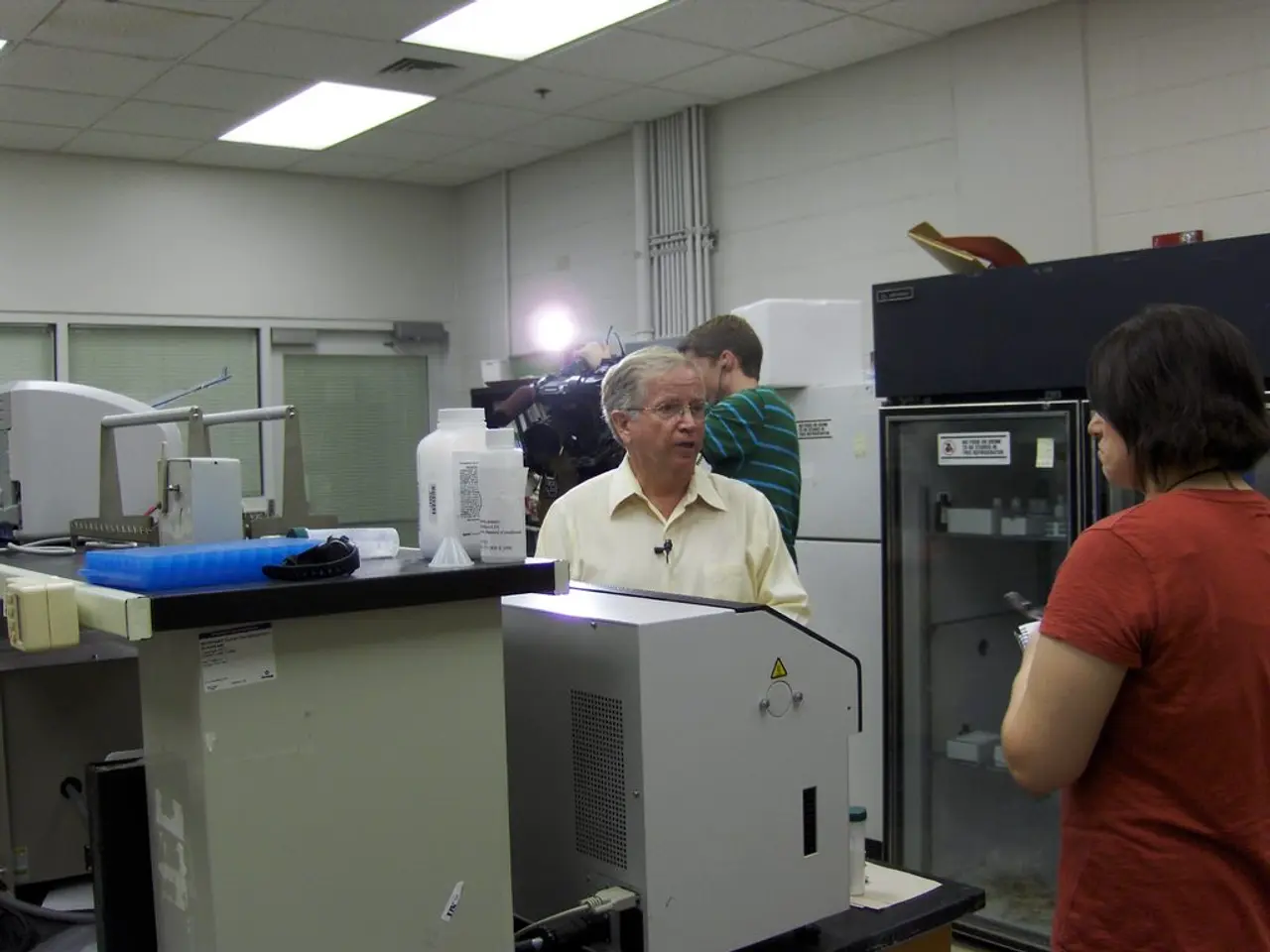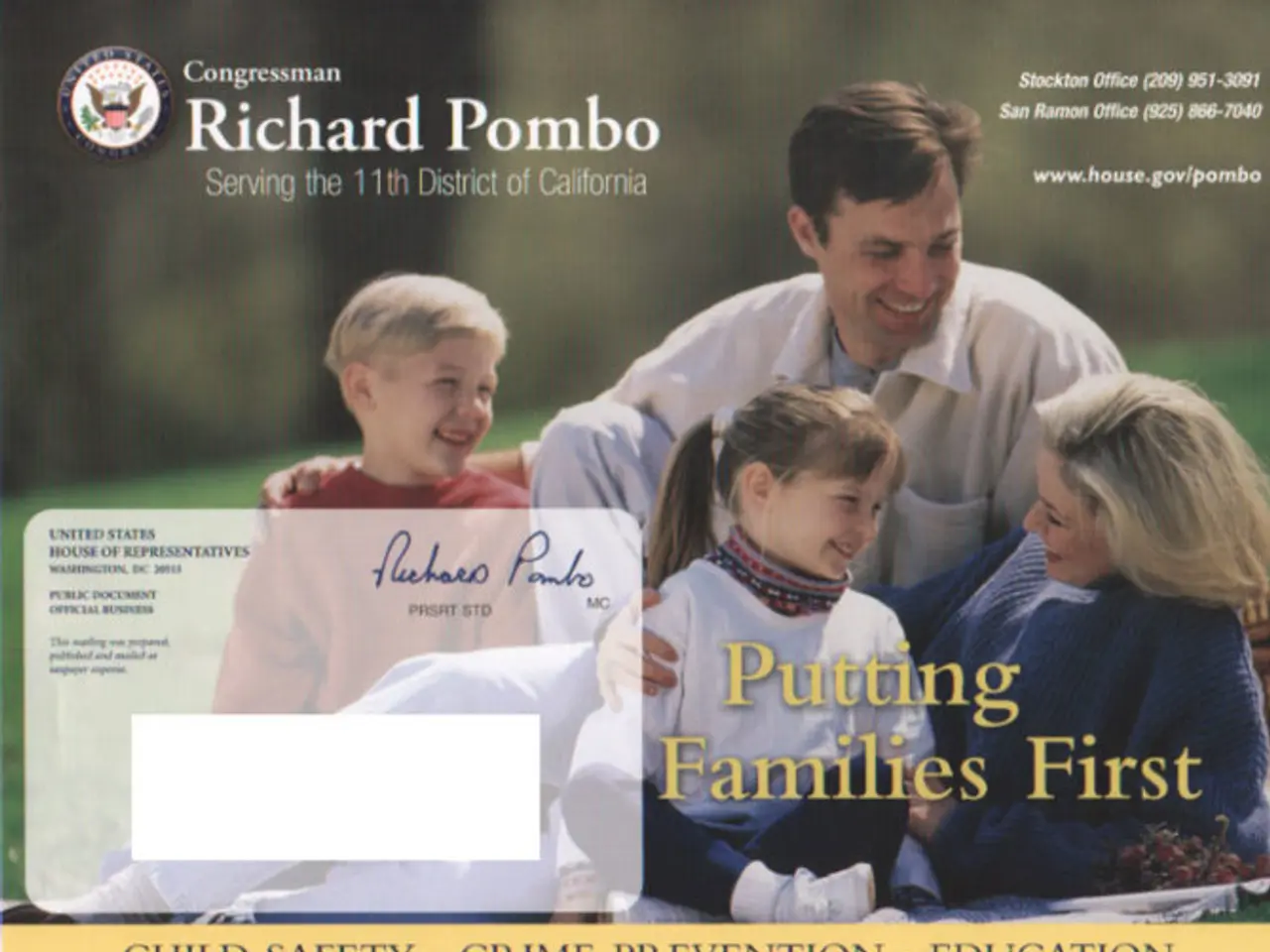Instruction Manual for Adding Voiceovers to a Production
Kapwing's Dubbing Feature Enables Multilingual Video Content
Kapwing's video dubbing feature offers a powerful solution for creating multilingual video content. With support for over 40 different languages and dialects, users can easily translate and generate synthetic voiceovers, making their videos accessible to a global audience.
The process begins with Kapwing's AI technology for automatic speech recognition and captioning. This allows the platform to extract original speech and translate it into the chosen language. For Business and Enterprise users, the service can even clone the original speaker's voice to enhance realism.
In the dubbing configuration, users can select the original language and the language they want to translate to. They can also choose from a variety of voices, each varying in voice, age, gender, narration style, and accent. Kapwing offers voices from Google AI, Cartesia, and Eleven Labs, with Business and Enterprise plans supporting the creation of custom voice clones.
To dub a video, users simply need to upload their video, click the "Subtitle" tab, and then click "Dub Video". They can also upload translated subtitle (SRT) files to combine dubbing with captions. Some languages, such as Gujarati, Hebrew, and Kannada, do not support voice cloning, but dubbing is still available.
Kapwing's dubbing feature also supports an AI-powered lip sync feature, ensuring that the dubbed audio is perfectly timed with the video. Users can even re-dub if they make updates to the transcription, translation, speaker assignment, voice options, or other settings.
For Business customers, up to 2 voice clones can be saved in their Brand Kit. To add a voice clone, Business customers must upload an example of the speaker whose voice they want to clone. To delete a voice clone, users can go to the Brand Kit and hover over a voice model icon to find the delete icon.
Kapwing's dubbing platform supports background sound preservation, making it easy to maintain the original audio quality of the video. The platform enables internationalization and video localization by enabling smooth, high-quality dubbing in diverse languages suited for global audiences.
It's important to note that customers must have the rights to clone a speaker's voice, as noted in Kapwing's terms of service. Users can also add translation rules manually or upload an existing translation glossary. The dubbing tool allows users to turn off the speed adjustment toggle or edit translation rules as needed.
In summary, Kapwing's dubbing feature supports wide internationalization by offering synthetic voice generation with optional voice cloning, translation of spoken audio, embedded text, and captions, AI-powered timing adjustment and optional lip sync, and tools for exporting videos fully localized in the target language. This broad language support facilitates creating multilingual video content that is naturally synced and culturally adapted for viewers worldwide.
Technology plays a vital role in Kapwing's dubbing feature, as it leverages AI technology for automatic speech recognition and captioning, synthetic voice generation, and AI-powered lip sync. This technology ensures smooth, high-quality dubbing in diverse languages, making video content more accessible to a global audience.
With support for voice cloning, Kapwing's tech enables Business and Enterprise users to clone the original speaker's voice for a more realistic dubbing experience, contributing to the creation of multilingual video content that maintains the original speaker's voice quality across languages.




